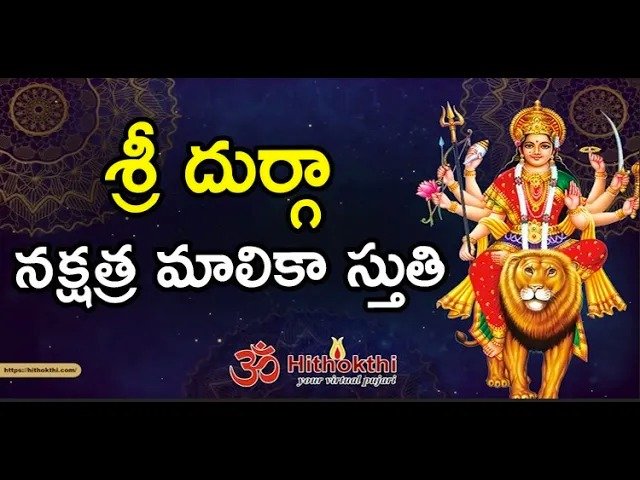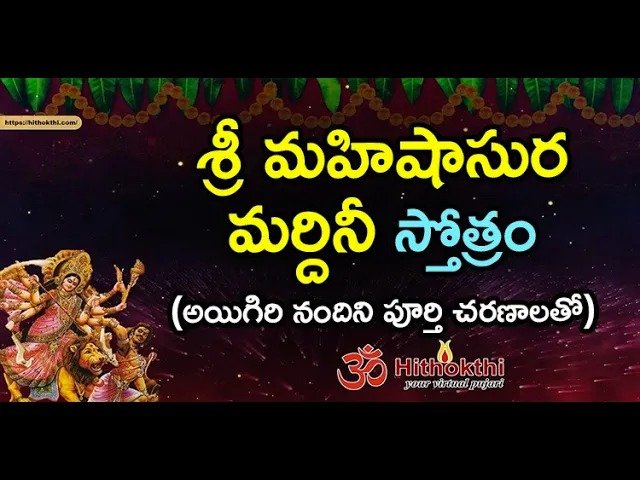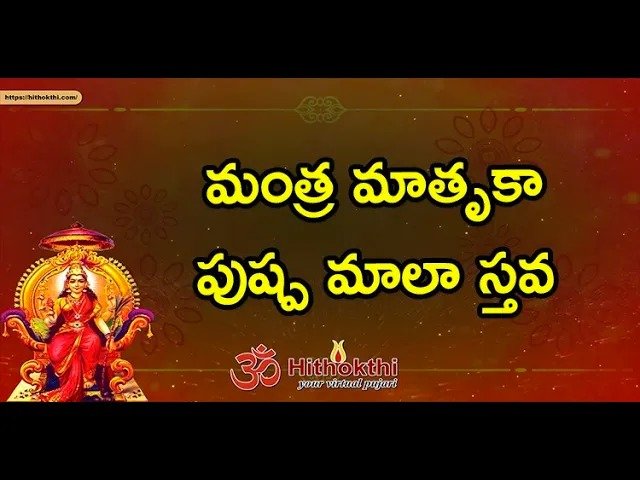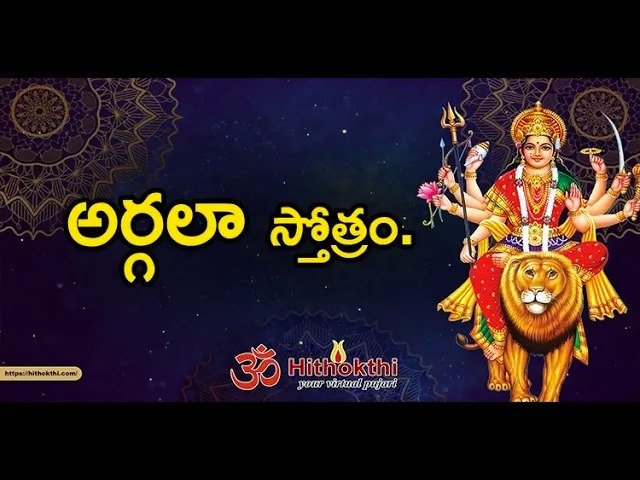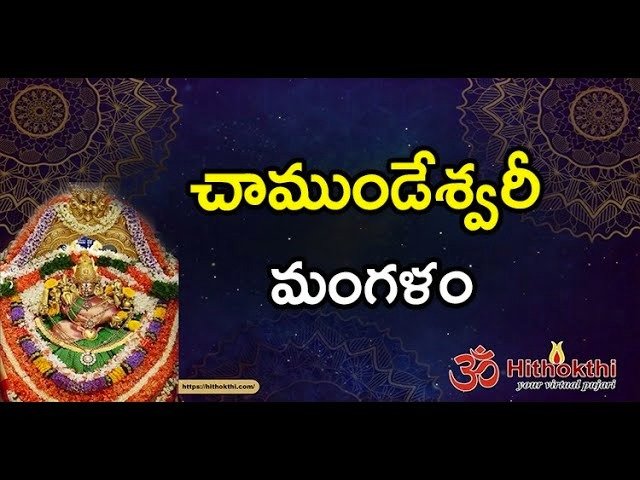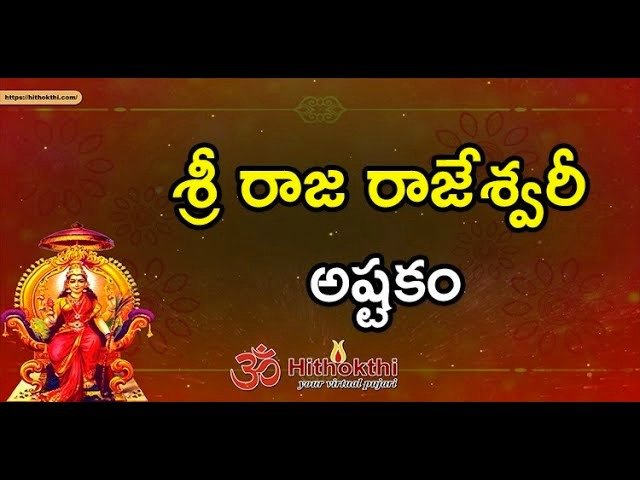A Glimpse of our Hindu Temple: Today’s temple round-up: Parthasarathy Temple, Triplicane, Chennai
Chennai April 27, 2014: The Parthasarathy Temple is an 8th-century Hindu Vaishnavite temple dedicated to the god Krishna, located at Triplicane, Chennai, India. The temple is glorified in the Divya Prabandha, the early medieval Tamil literaturecanon of the Alvar saints from the 6th–9th centuries CE and is classified as among the 108 Divya Desams dedicated to Vishnu. The name 'Parthasarathy', in Sanskrit, means the 'charioteer of Arjuna', referring to Krishna's role as a charioteer to Arjuna in the epic Mahabaratha.
It was originally built by the Pallavas in the 8th century by king Narasimhavarman I. The temple has five of the incarnations oravatars of Vishnu: Narasimhar, Ramar, Varadarajar, Ranganathar and Krishna.
The temple is one of the oldest structures in Chennai. There are shrines for Vedhavalli Thayaar, Ranganatha, Rama, Gajendra Varadharaja Swamy, Narasimha, Andal, Anjaneya, Alvars, Ramanuja, Swami Manavala Mamunigal andVedanthachariar. The temple subscribes to Vaikhanasa agama and follows Thenkalai tradition. There are separate entrances for the Krishna and Narasimha temples. The gopuram (towers) and mandapas (pillars) are decorated with elaborate carvings, a standard feature of South Indian Temple Architecture.

The temple was originally built by the Pallavas in the 8th century, subsequently expanded by Cholas and later by the Vijayanagara kings in the 15th century. The temple has several inscriptions dating from the 8th century in Tamil andTelugu presumably from the period of Dantivarman, who was a Vishnu devotee. Thirumangai Alvar, the 9th century alvar also attributes the building of temple to the Pallava king. From the internal references of the temple, it appears that the temple was restored during 1564 CE when new shrines were built.In later years, endowments of villages and gardens have enriched the temple. The temple also has inscriptions about the Pallava king, Nandivarman of the 8th Century.
The temple was extensively built during the Chola period and a lot of inscriptions dating back to the same period are found here. The outer most mandapam is replete with sculptures of various forms of Vishnu, especially the avatars. One can also see inscriptions of Dantivarma Pallava of 8th Century, Chola, Pandiya and Vijayanagara in the temple. The first architectural expansion of the temple took place during the reign of the Pallavas (Tondaiyar Kon) as vividly described by Tirumangai Azhwar. Reminiscent of this is the inscription of the Pallava King Dantivarman (796-847 A.D.), which is preserved in the temple. The temple witnessed a major expansion during the rule of the Vijayanagar kings like Sadasiva Raya, Sriranga Raya and Venkatapati Raya II (16th Century). Many subshrines and pillared pavilions (mandapas) like the Tiruvaimozhi Mandapa were added.
Tiruvallikeni may not be as serene as Tirumangai Azhwar described it, but the aura remains because of the Parthasarathy Swamy temple.
A Pallava king built the present temple in the eighth century. The gopuram was also built by a Pallava king - Tondaiman Chakravarthy. There are inscriptions that record the contributions of the Chola kings Raja Raja and Kulottunga III, Pandya King Maravarman and many rulers of the Vijayanagar dynasty including Ramaraja Venkatapathiraja and Vira Venkatapathy. For a while the East India company administered the temple. The pushkarani is called Kairavani and five sacred teerthams are believed to surround the tank - Indra, Soma, Agni, Meena and Vishnu. Seven rishis - Bhrigu, Atri, Marichi, Markandeya, Sumati, Saptaroma and Jabali - performed penance here. All five deities in the temple have been extolled by Tirumangai Azhvar.
Tiruvallikeni is noted for its colourful festivals throughout the year. The recitation of the 4000 hymns of the Azhwars is a great tradition preserved in this temple for generations.

